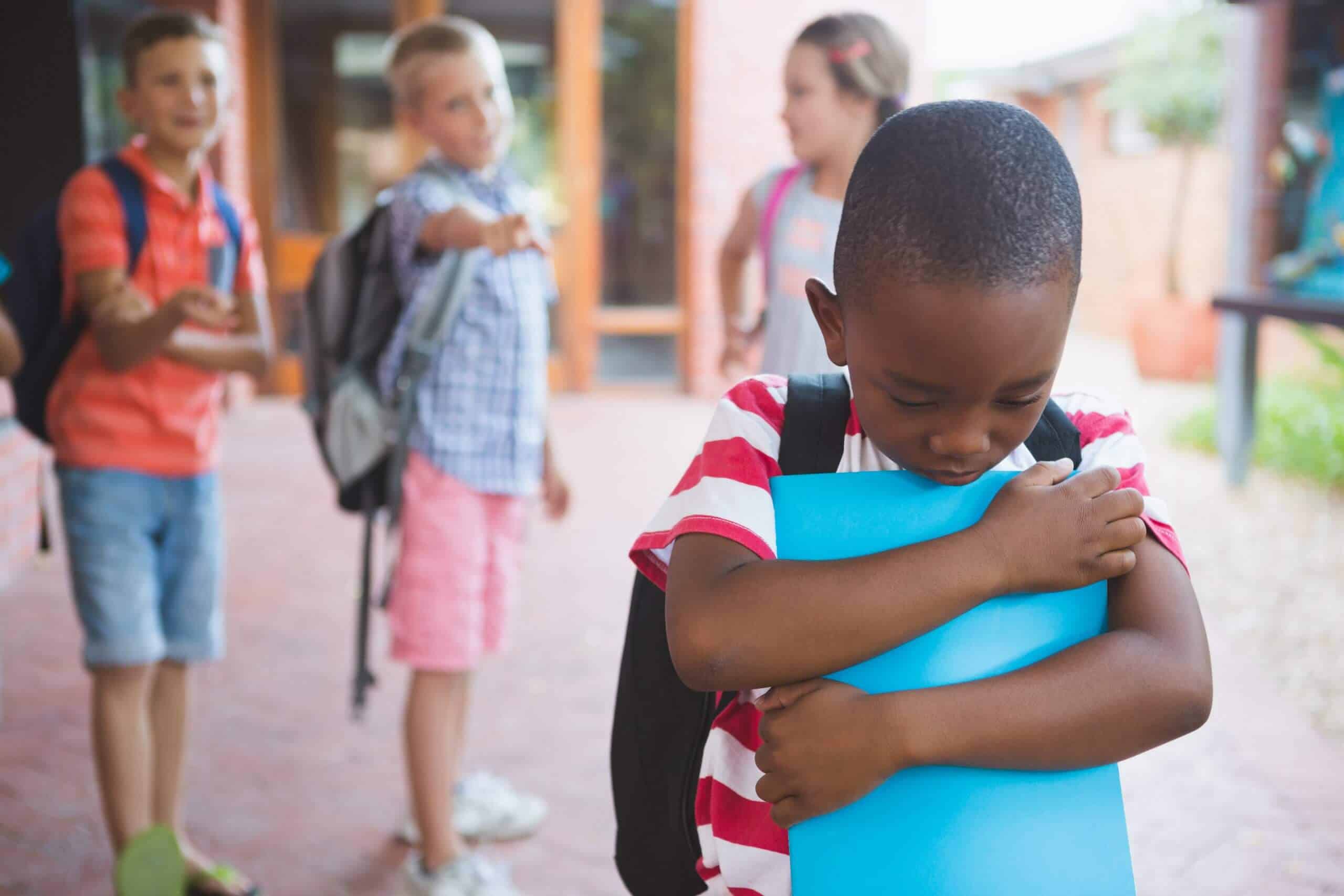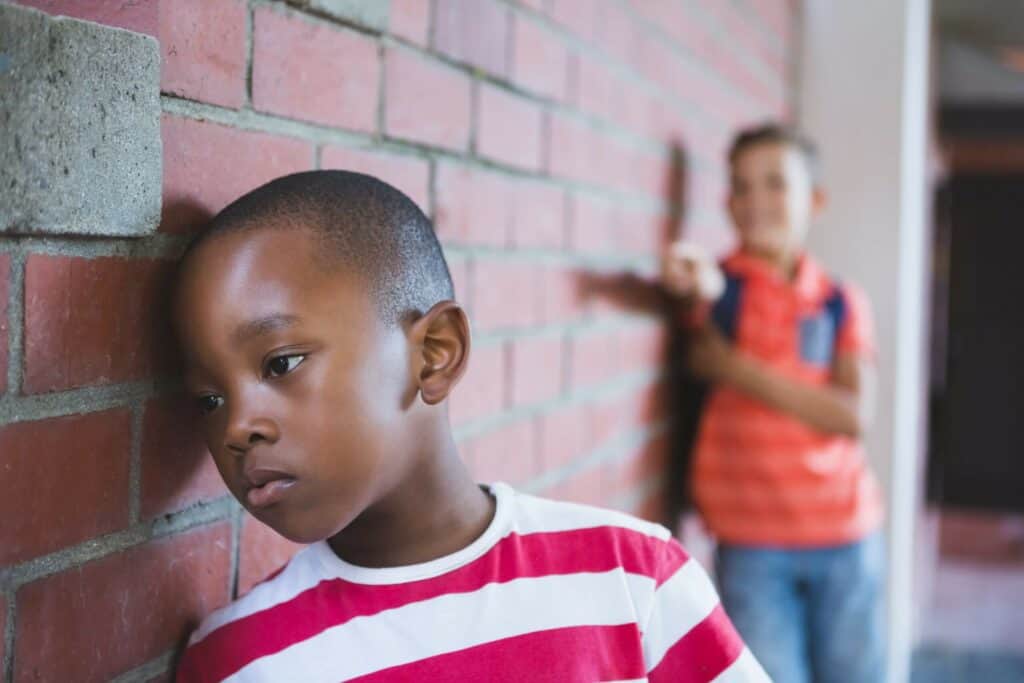How to Conquer Bullying In our Schools?

Establishing meaningful connections with students is crucial to stopping bullying in our schools. Building relationships helps students feel safe enough to share their experiences and gives teachers insight into the problems they face.
One effective strategy is to create a Circle of Friends for students with Autism Spectrum Disorder (ASD). This approach builds supportive peer relationships and shows parents that you are actively working to minimise bullying.
Physical signs
Teaching students to recognise and understand the signs of bullying is essential. Some physical signs include unexplained bruises, cuts, or scratches, or a student being hungry because their lunch was stolen.
A productive first step is to set up a meeting with the student’s parents, the head of the department, and the welfare coordinator. Together, you can identify when, where, and how bullying is occurring and develop a plan to address it.

Behavioural and phychological signs
Spending time with the targeted student is key. Focus on areas or times when bullying is more likely to happen, such as during breaks, bus rides, or transitions between lessons. Collaborate with colleagues to develop and implement a supervision plan to proactively prevent bullying in these settings.
Bullying can sometimes be subtle, like manipulating a student to do things they don’t want to do. For example, a bully might say, “I won’t be your friend unless you steal this video game.” Teach students to recognise the difference between a true friend and a manipulative bully. Don’t leave this to chance—explicitly teach these concepts.
Emotional signs
A student who seems unusually anxious, upset, or withdrawn might be experiencing bullying. However, remind concerned parents that these behaviours could also indicate other issues, like depression. If concerns persist, consulting a psychiatrist or practitioner may be necessary.
Cyber bullying in our schools
Cyberbullying is a relatively recent phenomenon, but research shows it often overlaps with traditional bullying. Victims of both types of bullying tend to struggle with low self-esteem and popularity. In some cases, victims become “bully-victims,” lashing out as a way to fight back or release frustration.
Helping students understand the link between online and offline behaviour is crucial. Encourage them to report cyberbullying and teach them how to stay safe online.

A practical lesson to prevent bullying in our schools
A teacher named Jamie found a creative way to explain the damage caused by bullying. She brought two identical apples to her class and asked students to list any differences. They couldn’t see any.
Jamie then held up one of the apples and said, “Gross. This apple looks disgusting,” and dropped it on the floor. She encouraged the students to do the same, asking them to insult the apple before dropping it. Hesitant at first, the students eventually joined in, saying things like, “You’re ugly,” “I hate your skin,” and “You must have worms inside you.”
By the time the apple had been passed around, it still looked fine on the outside. Then Jamie asked the class, “Who wants a piece of apple?” Of course, everyone raised their hand.
Jamie cut both apples in half and asked the students to compare them. On the inside, the bullied apple was bruised and mushy, while the untouched apple was fresh and juicy. The kids immediately noticed the difference and no longer wanted the bruised apple.
Jamie then asked, “But didn’t we all make this apple look this way? Why shouldn’t we eat it?” The room fell silent as the students reflected on their actions. Jamie continued, “This is what happens when we treat each other badly. We may not see the damage on the outside, but inside, it hurts. We have to stop dropping each other.”
The kids got it. Later, several students came up to Jamie to thank her, hugging her and saying they were happy to have a teacher who “got it.”
Jamie posted about this lesson on facebook, and it went viral, resonating with teachers and parents everywhere. This simple demonstration is a powerful way to help students understand how bullying can hurt others in ways that aren’t immediately visible. It left a lasting impact on Jamie’s class, and it’s an activity you can easily adapt for your own students.

Create an activity to conquer bullying in our schools
Bullying in our schools is still a problem. Students are hurting, and some even turn to violence. Whenever I notice the smallest hint of bullying in my primary class, I stop and tell a story from my own school days.
As a child, I faced relentless bullying. I tried telling my dad, but he’d always say, “Sticks and stones may break your bones, but names will never hurt you.” He was wrong.
One day, after years of running from the school bully, something inside me snapped. I turned and defended myself. While I don’t condone hitting back, the experience taught me that no one should have to endure bullying.
When I share this story, I emphasise the importance of protecting each other and speaking up. Students connect with it because they see that their teacher understands what they’re going through.
Think creatively to stop bullying
Bullying is a complex issue that requires thoughtful solutions. Choose a topic and create lessons that help your students understand the pain caused by bullying. Teach all your students social skills to minimise bullying in our schools. Encourage them to change their behaviour, protect their peers, and contribute to a positive school environment.
What creative strategies have you used to address bullying in your classroom? Let’s share ideas and make our schools safer places for every student.

This is such a great visual example for younger children. I feel like whenever I try to explain bullying to my students they always nod like they get it but it all just goes in one ear and out the other. I think this would really get their attention though.
Do let me know how it goes, Amy. It seems to work for most classes.